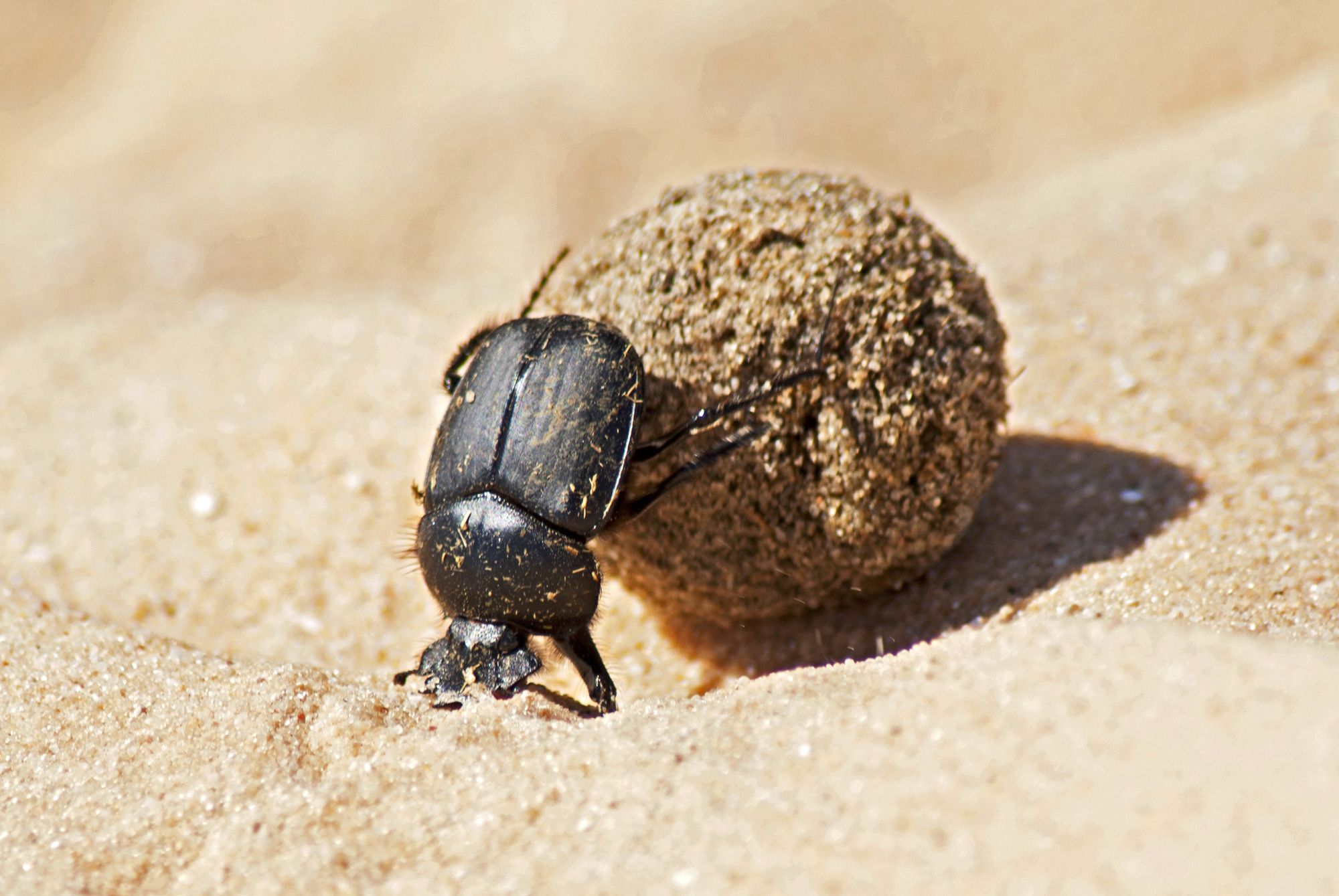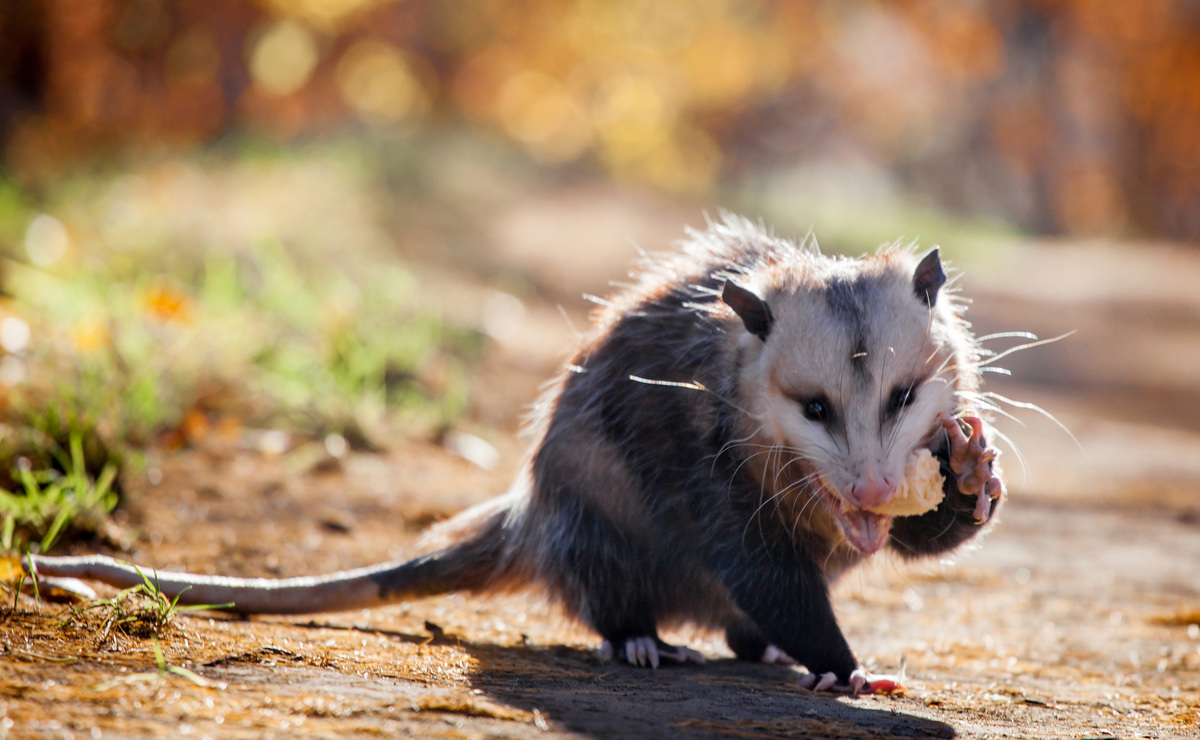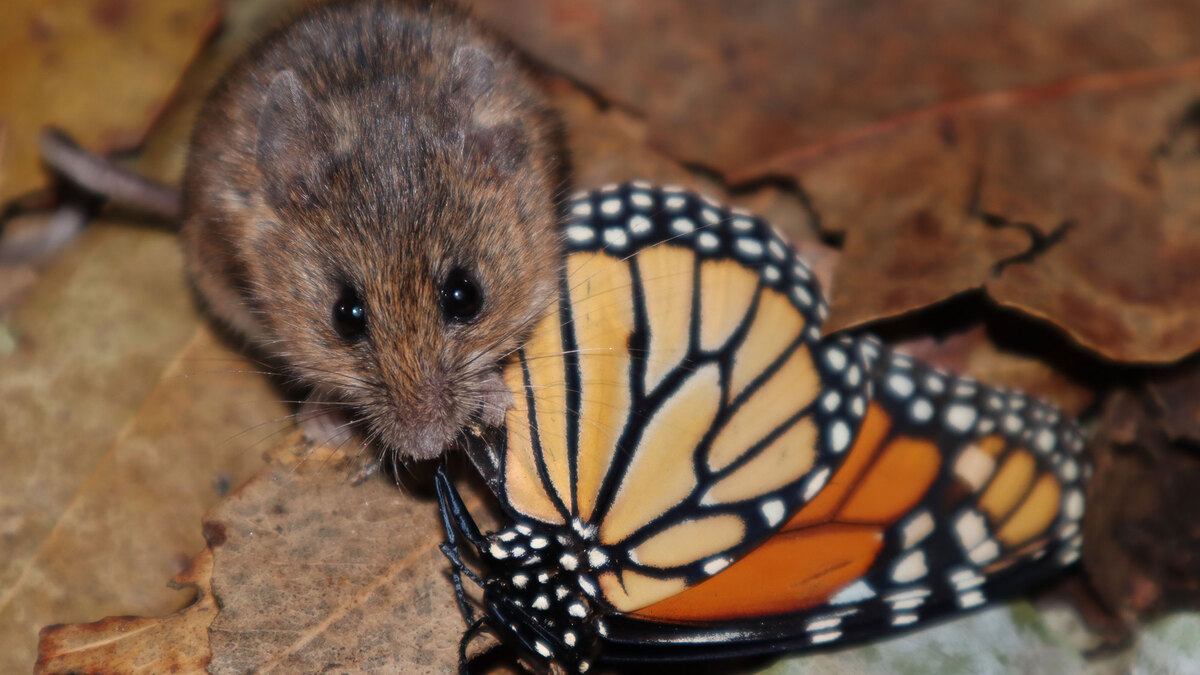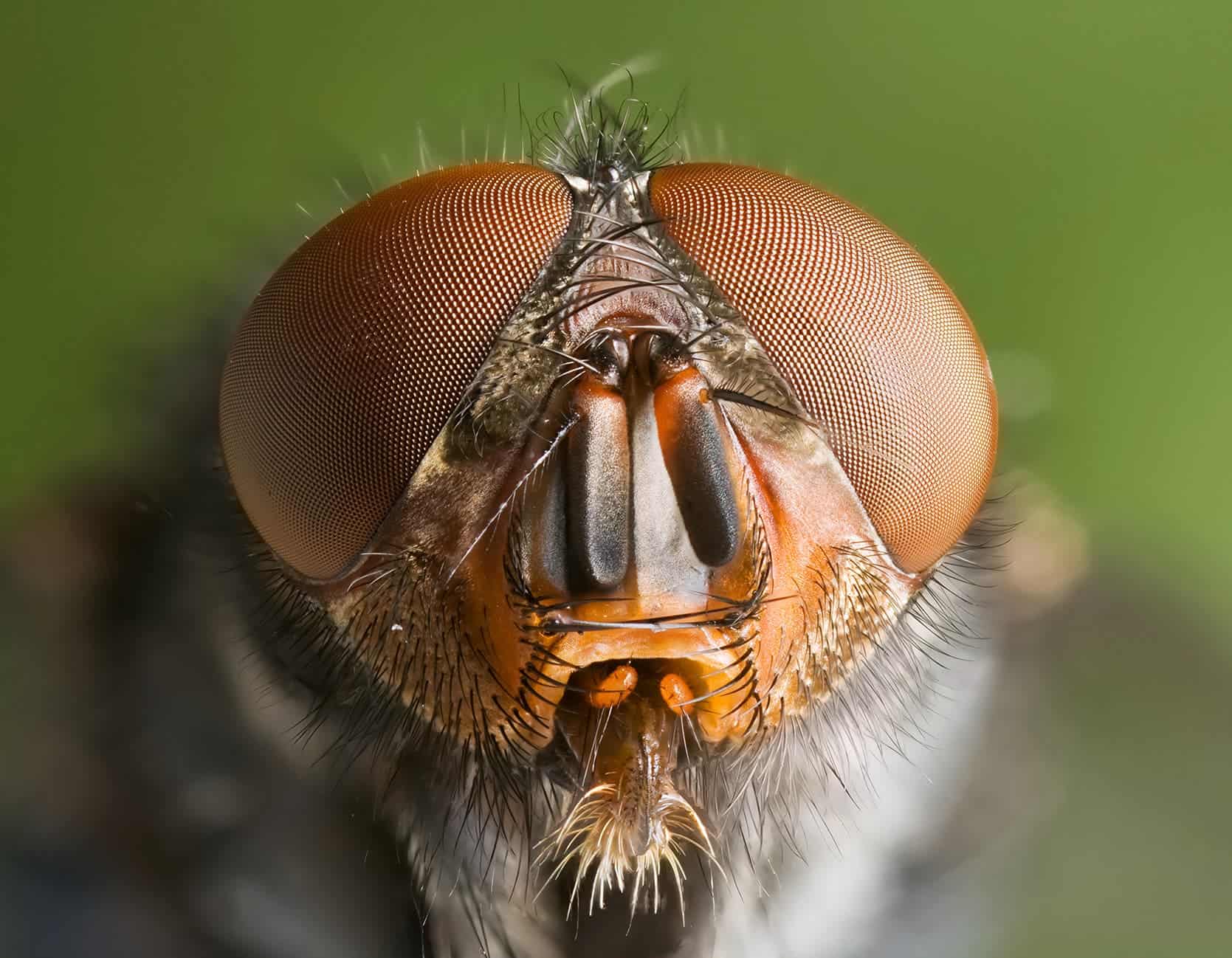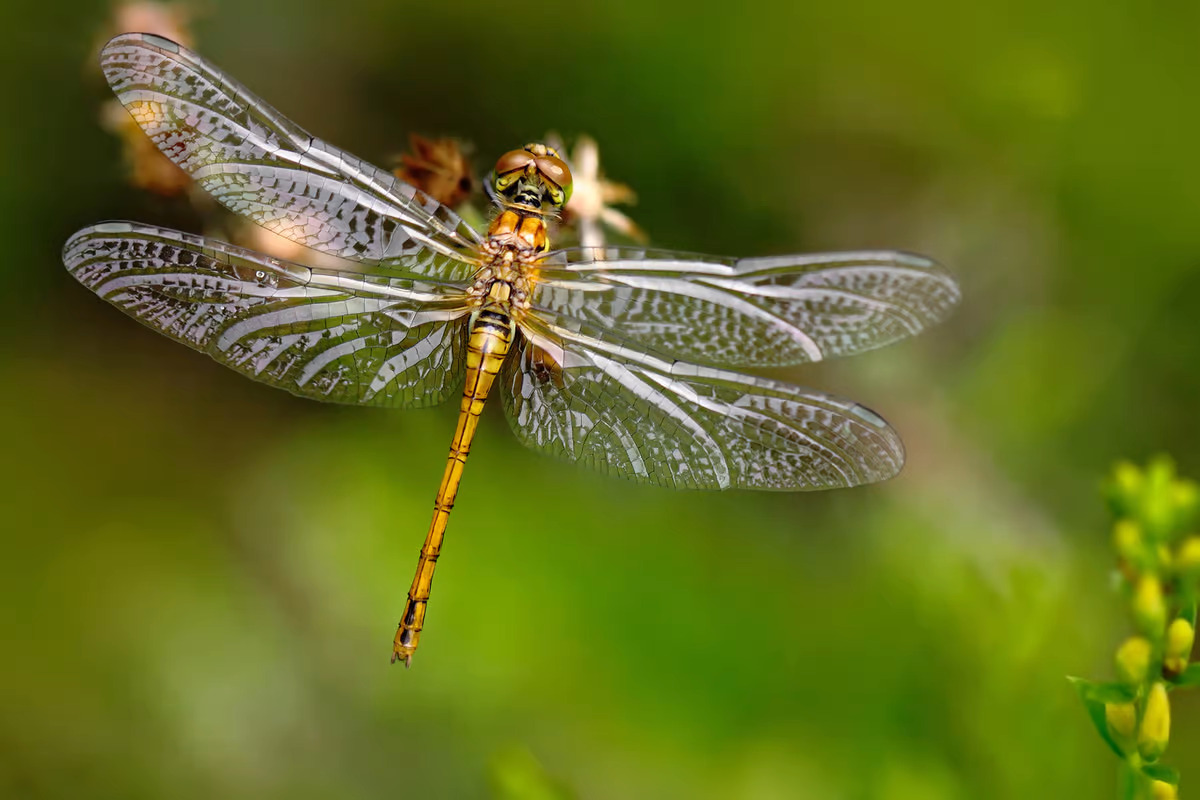Home>Gardening News and Trends>Latest News>What Kingdom Do All Insects Belong To
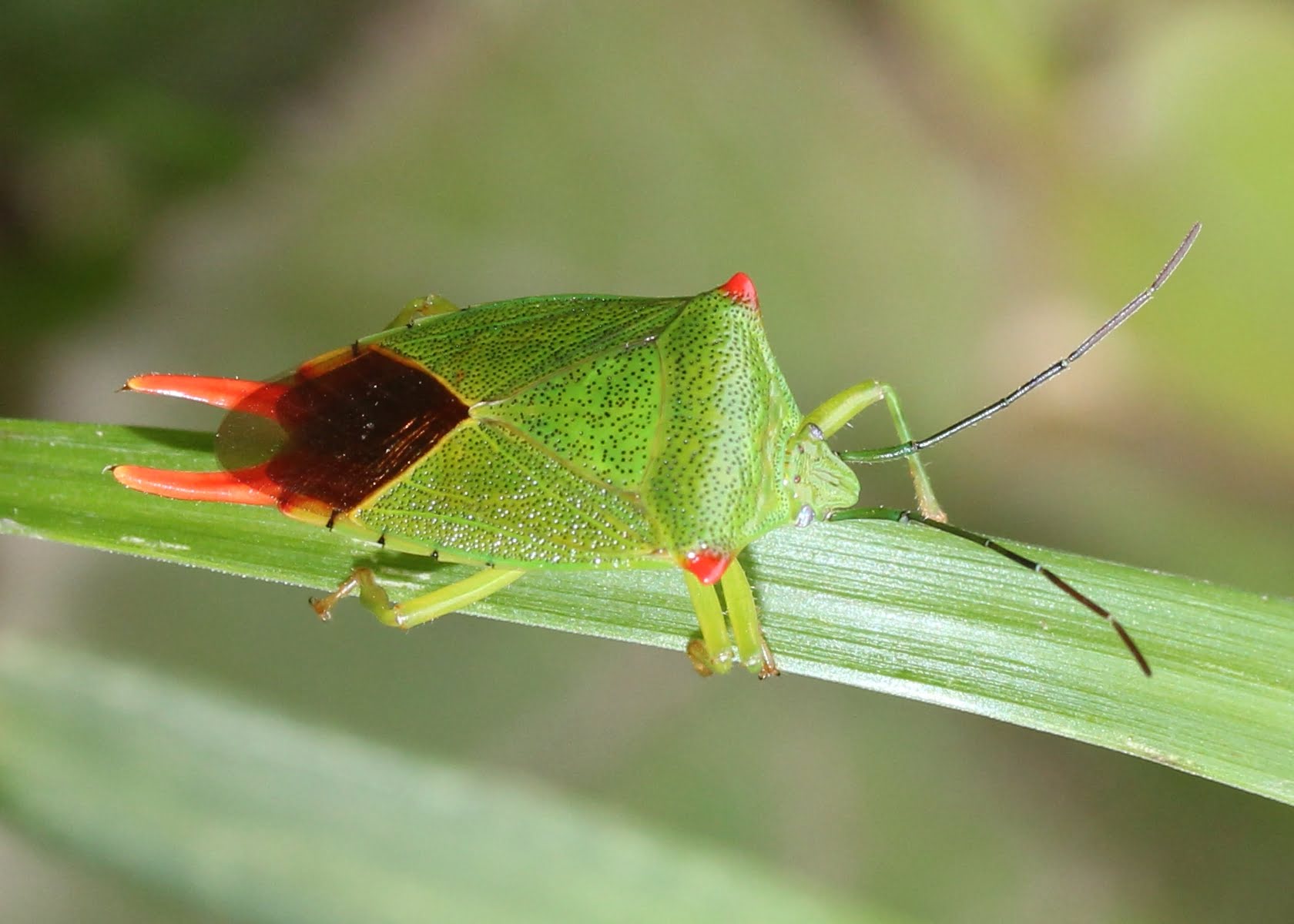

Latest News
What Kingdom Do All Insects Belong To
Modified: January 22, 2024
Discover the latest news about what kingdom all insects belong to. Explore fascinating insights and gain a deeper understanding of the incredible world of insects.
(Many of the links in this article redirect to a specific reviewed product. Your purchase of these products through affiliate links helps to generate commission for Chicagolandgardening.com, at no extra cost. Learn more)
Table of Contents
Introduction
Welcome to the fascinating world of insects! These small, often unnoticed creatures play a significant role in our lives and the ecosystems we inhabit. Insects are members of the class Insecta within the animal kingdom, and they are the most diverse group of organisms on Earth. From the colorful butterflies that grace our gardens to the industrious honeybees that pollinate our crops, insects are truly remarkable creatures.
In this article, we will explore the incredible diversity, characteristics, and importance of insects in our world. By understanding more about these tiny beings, we can develop a deeper appreciation for their role in maintaining the balance of nature.
One might wonder, what exactly defines an insect? Insects are characterized by their three-part body structure, consisting of a head, thorax, and abdomen. They also possess six legs, one pair of antennae, and often have wings. With over a million identified species, insects can be found in almost every habitat on Earth, ranging from deserts to rainforests, and even inside our homes.
The classification of insects is a complex science in itself. Scientists have categorized insects into numerous orders, such as Coleoptera (beetles), Lepidoptera (butterflies and moths), Diptera (flies), and Hymenoptera (ants, bees, and wasps), to name just a few. Each order has its own unique characteristics, behaviors, and ecological roles.
Despite their small size, insects exhibit an astonishing array of adaptations and behaviors. They have evolved specialized mouthparts for feeding on a variety of food sources, including nectar, plants, other insects, and even blood. Insects also have remarkable reproductive strategies, such as complex mating rituals and diverse forms of parental care.
One of the most remarkable aspects of insects is their incredible diversity. They come in a wide range of shapes, sizes, colors, and patterns. From the vibrant wings of butterflies to the intricate body structures of beetles, insects exhibit remarkable beauty and complexity. This diversity is a result of millions of years of evolution and adaptation to different habitats and ecological niches.
It is important to recognize the crucial role that insects play in our ecosystems. They are involved in processes such as pollination, decomposition, and nutrient cycling. Insects are also a vital food source for many animals higher up the food chain, including birds, reptiles, and mammals. Without insects, entire ecosystems would collapse, affecting the balance and stability of our natural world.
Studying insects is not only captivating but also essential for human well-being. Scientists closely examine various species to develop pest control methods, understand disease vectors, and assess the impact of environmental changes on insect populations. Furthermore, insects have provided inspiration for various technological innovations and have even contributed to medical advancements.
As we delve into the world of insects, prepare to be amazed by their extraordinary diversity, intricate behaviors, and important ecological roles. Let us embark on this enthralling journey together to explore the wonders of the insect world and gain a deeper understanding and appreciation for these often overlooked creatures.
Definition of Insects
Insects are a diverse group of small invertebrate animals that belong to the class Insecta. They are characterized by their three-part body structure, consisting of a head, thorax, and abdomen, along with six jointed legs. Insects also have an exoskeleton made of chitin, which provides support and protection for their bodies.
What sets insects apart from other animals is their unique set of characteristics. They have a pair of antennae on their heads, which they use for sensing their environment. In addition, most insects have one or two pairs of wings that allow them to fly, although there are some species that are wingless.
With well over a million identified species, insects are the most diverse group of organisms in the animal kingdom. They can be found in almost every habitat on Earth, including deserts, forests, grasslands, and even freshwater and marine environments. Despite their small size, insects play a crucial role in maintaining the balance of ecosystems.
Scientists have classified insects into numerous orders based on their characteristics and behaviors. Some of the most well-known orders include Coleoptera (beetles), Lepidoptera (butterflies and moths), Diptera (flies), and Hymenoptera (ants, bees, and wasps). Each order has its own unique adaptations and ecological roles.
Insects exhibit a wide range of feeding behaviors. Some feed on plant matter, such as leaves, nectar, pollen, or sap, while others are predatory, feeding on other insects or even small vertebrates. There are also species that are scavengers, feeding on decaying organic material. Insects have evolved specialized mouthparts to accommodate their specific feeding habits.
Reproduction in insects can be quite diverse. While many species lay eggs that hatch into larvae, like caterpillars or maggots, others undergo direct development, with young insects resembling miniature adults. Some insects, such as bees and ants, live in highly social colonies with a complex hierarchy, while others are solitary.
The abundance and variety of insects make them an essential part of ecosystems. They play a crucial role in pollination, aiding in the reproduction of flowering plants and the production of fruits and seeds. Insects also serve as decomposers, breaking down dead organic material and recycling nutrients back into the ecosystem.
Understanding the definition of insects and their unique characteristics is fundamental for studying and appreciating the vast diversity of life on Earth. By delving into the intricacies of insect biology and exploring their ecological roles, we can gain a deeper understanding of the natural world and the interconnectedness of all living things.
Classification of Insects
In the vast world of insects, classification is essential for understanding the diverse array of species and their relationships. Scientists have developed a hierarchical system to classify insects based on their shared characteristics and evolutionary relationships.
The highest level of classification is the kingdom, with all insects belonging to the animal kingdom (Animalia). Within the animal kingdom, insects are classified under the phylum Arthropoda, which includes other joint-legged invertebrates such as spiders, crustaceans, and millipedes.
Arthropods are further divided into classes, with insects belonging to the class Insecta. This class encompasses the greatest diversity of arthropods, with over a million identified species. Insects are characterized by their three-part body structure, six legs, and often, one or two pairs of wings.
Within the class Insecta, insects are divided into numerous orders, each representing a distinct group with its own unique characteristics and behaviors. Some well-known orders include Coleoptera (beetles), Lepidoptera (butterflies and moths), Diptera (flies), Hymenoptera (ants, bees, and wasps), and Hemiptera (true bugs).
The classification of insects is based on a range of characteristics, including body structure, mouthparts, and wings. For example, beetles (order Coleoptera) are characterized by their hard exoskeleton and forewings modified into hardened wing coverings, while butterflies and moths (order Lepidoptera) have scale-covered wings and long coiled mouthparts for sipping nectar.
Each insect order is further divided into families, genera, and species. Families contain closely related groups of insects that share common characteristics, while genera represent more specific groups within families. Species are the most specific level of classification and refer to individual types of insects within a genus.
Identification and classification of insects often involve careful examination of their physical features, including body shape, coloration, wing venation, antennae structure, and mouthparts. Additionally, genetic analysis plays an important role in determining evolutionary relationships and refining the classification of different insect groups.
It is worth noting that the classification of insects is an ongoing process as new species are discovered and scientific knowledge advances. Taxonomists continually update and revise the classification system to reflect a more accurate representation of the relationships between different insect groups.
Understanding the classification of insects provides a framework for studying and organizing the immense diversity of these fascinating creatures. It allows scientists to classify and compare different species, identify evolutionary patterns, and make connections between insects and other organisms within the animal kingdom. Through classification, we gain insights into the complexity of the natural world and appreciate the richness of insect biodiversity.
Characteristics of Insects
Insects possess a unique set of characteristics that distinguish them from other animals. These characteristics contribute to their exceptional adaptability, diversity, and ecological success. Understanding the key traits of insects allows us to appreciate their remarkable biology and their essential roles in the natural world.
One of the defining features of insects is their three-part body structure. Their body is divided into the head, thorax, and abdomen. The head contains the sensory organs, including a pair of compound eyes and antennae, which are used to detect and process information from their surroundings.
The thorax is the middle segment of an insect’s body and houses the six jointed legs, allowing insects to move with incredible speed and agility. This arrangement of legs enables them to navigate various terrains, climb surfaces, and engage in complex behaviors like jumping or swimming.
Insects also exhibit a remarkable variety of specialized mouthparts, adapted to their specific feeding behaviors. For example, butterflies and moths have long, coiled mouthparts called a proboscis, used for sipping nectar. Meanwhile, flies have sponging mouthparts, allowing them to feed on liquids like rotting fruit or animal secretions.
Many insects possess one or two pairs of wings, which enable them to fly and explore their environment. The ability to fly has given insects a tremendous advantage in terms of finding food, mates, and suitable habitats while avoiding predators or adverse conditions. However, it is important to note that not all insects have wings; some are wingless, relying on other means of locomotion.
The external skeleton, known as the exoskeleton, is another prominent characteristic of insects. Made of a tough substance called chitin, the exoskeleton provides support and protection for the insect’s body. However, this rigid exoskeleton also poses a challenge as insects must molt, shedding their old exoskeleton to accommodate their growth.
Insects exhibit a wide range of colors, patterns, and shapes. These attributes serve various functions, including camouflage, warning signals, and attracting mates. Some insects, like butterflies, are known for their vibrant wings, adorned with intricate patterns that aid in species recognition and courtship rituals.
Reproduction in insects is fascinating and often involves elaborate mating behaviors. Many insects undergo metamorphosis, which involves distinct stages of development such as egg, larva (caterpillar or grub), pupa (chrysalis or cocoon), and adult. This complex life cycle allows insects to exploit different ecological niches and increases their chances of survival in changing environments.
One of the remarkable aspects of insects is their reproductive potential. Insects usually produce a large number of offspring, compensating for high mortality rates and ensuring the survival of their species. This reproductive strategy, combined with their rapid growth and adaptability, contributes to the success and abundance of insects in almost every ecosystem on Earth.
Understanding the unique characteristics of insects provides insights into their incredible diversity and ecological importance. These traits not only contribute to the distinctive biology and behavior of insects but also highlight their ability to adapt and thrive in a wide range of habitats. By appreciating these characteristics, we can better comprehend the intricate web of life in which insects play a vital role.
Diversity of Insects
The world of insects is a marvel of diversity, with an estimated 1.5 million identified species and potentially millions more yet to be discovered. Insects can be found in nearly every ecosystem on Earth, from scorching deserts to freezing polar regions, and they occupy a wide range of ecological niches.
One of the fascinating aspects of insect diversity is the tremendous variety in their physical characteristics. Insects come in a multitude of shapes, sizes, colors, and patterns. From the delicate wings of butterflies to the armored bodies of beetles, each species exhibits unique adaptations that make it suited to its specific environment and lifestyle.
In terms of size, insects range from the minuscule fairy wasps, measuring just 0.2 millimeters, to the giant weta of New Zealand, which can reach a formidable 10 centimeters in length. The diversity in size also extends to the microscopic world, with numerous species of mites and parasitic insects too small to be seen with the naked eye.
Coloration is another striking feature of insect diversity. Some insects, like the brilliantly hued beetles and butterflies, display vibrant colors that serve as warnings to predators or signals for potential mates. Others, such as stick insects and leafhoppers, are masters of camouflage, blending seamlessly into their surroundings by mimicking the colors and patterns of leaves or twigs.
Moreover, the diversity of insects extends beyond their physical appearance to include their behaviors and ecological roles. Insects exhibit a wide range of feeding habits, including herbivory, carnivory, scavenging, and parasitism. Some insects, like bees and ants, engage in elaborate social behaviors, living in highly organized colonies with strict divisions of labor.
Insect diversity is not limited to terrestrial ecosystems. Many insects have colonized freshwater and marine environments, occupying a vast array of niches in rivers, lakes, ponds, and oceans. These aquatic insects have evolved adaptations that allow them to navigate challenging habitats and exploit available food sources.
The diverse lifestyles of insects contribute to their success and their ability to occupy nearly every corner of the globe. Insects can be found in extreme environments such as volcanoes, deep caves, and even inside the bodies of other organisms. They have become masters of survival, adapting to a wide range of climatic conditions, and often playing crucial roles in the ecosystems they inhabit.
Scientists are continually discovering new species of insects, uncovering previously unknown complexities and adaptations within this diverse group of animals. Each new find adds to our understanding of the incredible variety of life on Earth and highlights the interconnectedness of all living organisms.
The diversity of insects is a testament to the power of evolution and the ability of these tiny creatures to thrive in a world of constant change. By studying and appreciating insect diversity, we gain a deeper appreciation for the complexity and beauty of the natural world and the intricate webs of life that connect all living things.
Insects’ Role in Ecosystems
Insects play a vital and irreplaceable role in maintaining the balance and functioning of ecosystems worldwide. Their ecological contributions are diverse and multifaceted, making them integral components of the intricate web of life on Earth.
One of the most well-known and important roles of insects is their involvement in pollination. As they move from flower to flower in search of nectar or pollen, insects, particularly bees, butterflies, and beetles, transfer pollen grains, allowing plants to reproduce and produce fruits and seeds. Pollination by insects is crucial for the reproduction of over 80% of flowering plants, including many economically important crops.
In addition to pollination, insects also contribute to nutrient cycling and decomposition. Certain insect species, such as beetles and flies, play a key role in breaking down dead organic matter, such as fallen leaves or carcasses, into smaller particles and facilitating decomposition. This process releases nutrients back into the soil, enriching the ecosystem and providing essential elements for the growth of plants and other organisms.
Furthermore, insects are a crucial food source for other animals. Insects serve as a primary food staple for many birds, reptiles, amphibians, and mammals. They provide essential nutrients and energy for the growth and survival of these predator species, forming the foundation of intricate food webs and ecological relationships.
Interestingly, some insects have evolved symbiotic relationships with other organisms. For example, ants have mutualistic associations with certain plant species, where they protect the plants and ensure their survival in exchange for food and shelter. Insects like aphids form mutualistic relationships with ants, which protect them from predators in return for honeydew, a sugary substance produced by the aphids.
Furthermore, certain insects act as natural biological control agents. Predatory insects, such as ladybugs, praying mantises, and lacewings, feed on plant pests, such as aphids and caterpillars, helping to regulate their populations naturally. This reduces the need for chemical pesticides and promotes a more sustainable and environmentally friendly approach to pest management.
In addition to their ecological roles, insects have also shaped human history and culture. Throughout the ages, humans have utilized insects, such as silkworms for silk production, honeybees for honey and beeswax, and cochineal insects for natural dyes. Furthermore, the study of insects, known as entomology, has contributed to important scientific discoveries and advancements in various fields, including medicine, agriculture, and forensic science.
The intricate and interconnected roles that insects play in ecosystems underscore their invaluable contributions to the health and stability of our planet. From pollination to nutrient cycling and pest control, insects are crucial players in maintaining the balance and functioning of ecosystems. Recognizing and preserving their ecological roles is essential for the well-being and sustainability of our environment and the diverse life forms that depend on it.
Importance of Studying Insects
Studying insects is not only captivating but also essential for gaining insights into the natural world and understanding the intricate relationships between organisms. Insects are abundant, diverse, and influential, playing crucial roles in ecosystems and impacting various aspects of human life. Here are some reasons why studying insects is of great importance:
1. Ecological Understanding: Insects are key players in ecosystems, and studying them provides a deeper understanding of ecological processes. By unraveling their intricate relationships with plants, other animals, and the environment, scientists can better comprehend the functioning and dynamics of ecosystems and the impact of environmental changes.
2. Pollination and Food Security: Many crop plants rely on insect pollination for reproduction. Studying the interactions between insects and plants helps us understand the factors that contribute to successful pollination and the conservation of pollinator populations. This knowledge is vital for maintaining food security and the sustainable production of fruits, vegetables, and other crops.
3. Pest Management: Insects can cause significant damage to crops, forestry, and stored products. Understanding their behavior, life cycles, and ecological interactions allows scientists to develop effective and environmentally friendly pest management strategies. This reduces the reliance on chemical pesticides, promotes sustainable agriculture, and protects the health of ecosystems.
4. Medical and Forensic Sciences: Insects are valuable indicators in forensic investigations, aiding in estimating the time of death and providing clues about crime scenes. In medical research, insects with unique biological traits, such as the fruit fly (Drosophila melanogaster), serve as important models for studying genetics, development, and various diseases.
5. Conservation and Biodiversity: Studying insects is essential for conserving biodiversity. By identifying and documenting insect species, scientists can assess their distribution, conservation status, and vulnerability to environmental changes. This knowledge is crucial for formulating effective conservation strategies and protecting the rich diversity of insects and their habitats.
6. Inspiration for Innovation: Insect adaptations and behaviors have inspired numerous technological innovations. For example, the wings of dragonflies have inspired advancements in drone flight, and the compound eyes of insects have influenced the development of new imaging systems. Studying insects can lead to breakthroughs in fields such as robotics, materials science, and bioengineering.
7. Education and Engagement: Insects have an innate fascination for many people, especially children. Studying insects can serve as a gateway to learning about biology, ecology, and the natural world. Insect education programs and citizen science initiatives allow individuals of all ages to actively engage in scientific research, fostering curiosity and environmental awareness.
Overall, studying insects is critical for unraveling the complexities of nature, advancing scientific knowledge, and addressing pressing environmental and societal challenges. By delving into the world of insects, we can gain a deeper appreciation for their importance, and ultimately, contribute to the understanding and preservation of the natural world we all depend on.
Conclusion
The study of insects reveals a world of astonishing diversity, intricate adaptations, and critical ecological roles. These tiny creatures, belonging to the class Insecta within the animal kingdom, are integral to the balance and functioning of ecosystems worldwide. From their three-part body structure to their diverse lifestyles and behaviors, insects are truly remarkable organisms.
By understanding the classification, characteristics, and ecological importance of insects, we gain profound insights into the complexity of the natural world. They play vital roles in pollination, nutrient cycling, pest control, and serving as a crucial food source for other animals. The intricate relationships between insects, plants, and animals highlight the interconnectedness of all living things and emphasize the importance of preserving biodiversity.
Studying insects goes beyond its scientific value; it has practical implications for various fields. From providing solutions for pest control and understanding disease vectors to inspiring technological advancements and promoting sustainable agriculture, the knowledge gained from studying insects has far-reaching benefits.
Furthermore, the study of insects can ignite curiosity and an appreciation for the natural world. This fascination can inspire a lifelong love for science and the environment in both young and old alike. Education and engagement programs centered around insects allow individuals to actively participate in scientific research and contribute to the conservation efforts needed to protect these incredible creatures.
In conclusion, insects are much more than small, inconspicuous creatures. They are the unsung heroes that maintain the delicate balance of ecosystems and drive important ecological processes. Their diversity, adaptability, and ecological roles highlight the beauty and complexity of the natural world. By studying insects, we unveil the intricate connections that hold our planet together and pave the way for a sustainable future.



